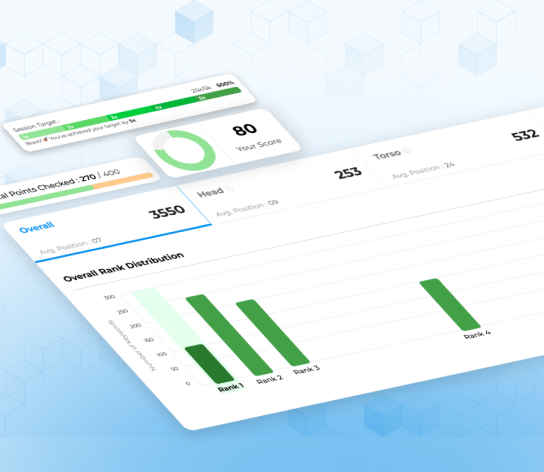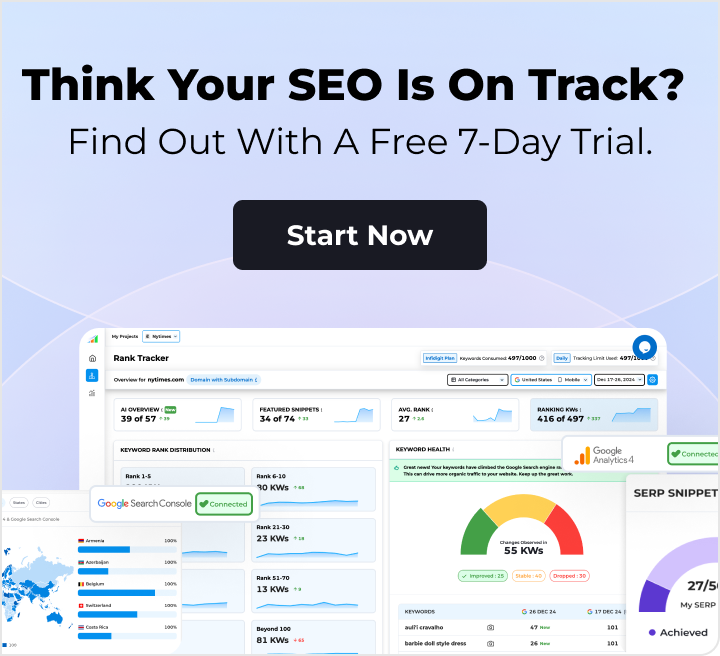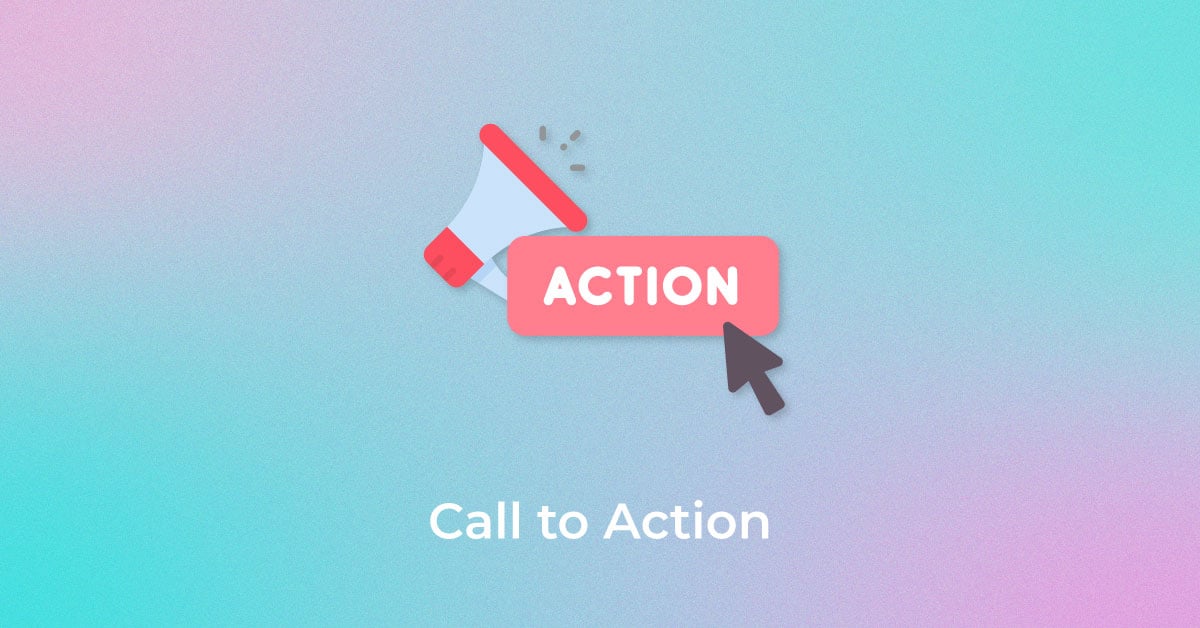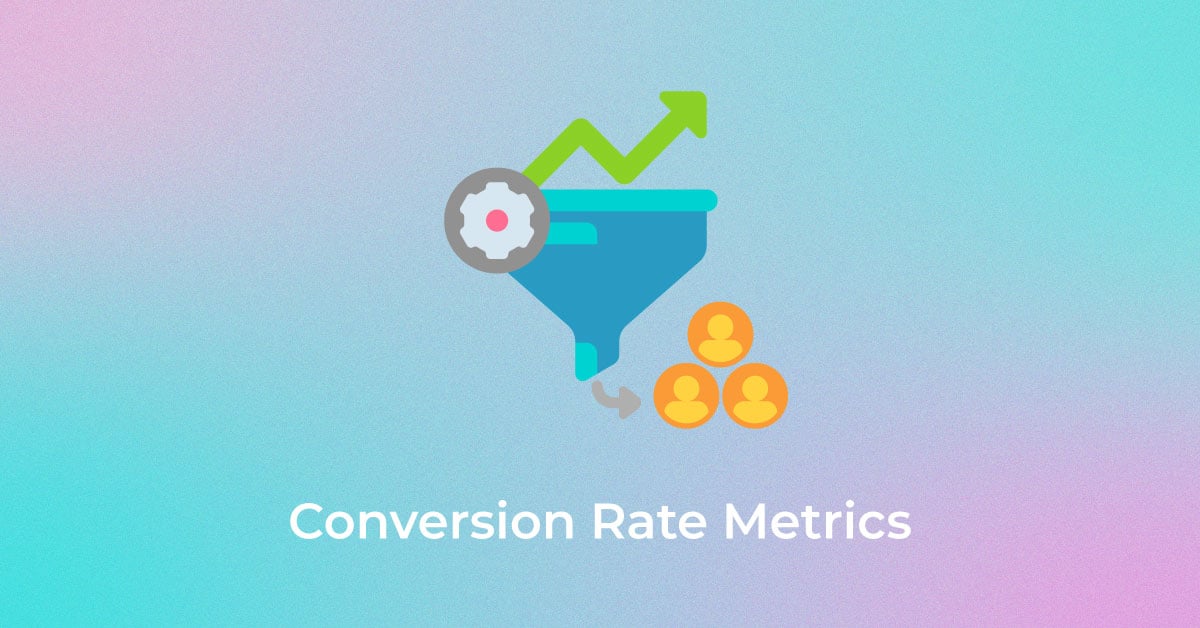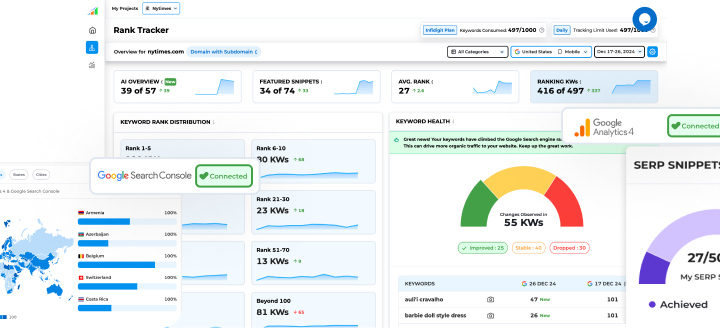Understanding Conversion in a Digital Landscape
Demystifying Conversion: From Browsers to Buyers
When you delve into the nitty-gritty of e-commerce and online marketing, one notion stands out as particularly crucial: conversion. This term encapsulates the transformation of website visitors from casual browsers into actual buyers, a metamorphosis that’s pivotal for any online business’s success. Transparency is key; you must clear any barriers to ensure visitors can seamlessly shift from interest to purchase.
The Evolution of Conversion: Adapting to Current Consumer Behavior
As the digital age progresses, consumer behavior continues to evolve. As you step into 2025, a customer’s journey from interest to purchase is more complex than ever, influenced by social media, peer reviews, and interactive content. To stay aligned with the modern consumer’s expectations, you must be willing to redefine what a conversion looks like for your business. It may no longer just be a sale—it could be an email sign-up, a shared post, or a downloaded resource. Flexibility and responsiveness to the current trends are your tools for ensuring that conversion definitions keep pace with the market’s pulse.
How to Calculate Conversion Rate?
Calculating your conversion rate is essentially measuring the effectiveness of your marketing efforts. You want to know how well you’re turning visitors into customers or leads. Here’s a straightforward way to track your conversion rate:
- Identify what qualifies as a conversion for your business. Is it a sale, a sign-up, or another action?
- Gather the total number of conversions. This could be the total sales or sign-ups during a specific period.
- Find out the total number of visitors to your website or specific product pages for the same period.
- Use the conversion rate formula: (Conversions / Total Visitors) x 100 = Conversion Rate%
- Celebrate if you hit your target, and if not, pivot your CRO strategy to enhance those numbers.
Remember, the key is to align your conversion tracking with your business goals accurately, ensuring that you measure what matters most to your success. Leveraging conversion rate optimization services can help you fine-tune this process, ensuring your tracking mechanisms provide actionable insights that drive meaningful improvements.
Unpacking the Conversion Rate Formula
Breaking Down the Conversion Rate Equation
Think of the conversion rate equation as your compass in the sprawling digital landscape, guiding your steps towards customer engagement success. Here’s how to break down these conversion metrics:
- Conversions: These are the successful outcomes that you’ve defined, whether it’s product purchases, newsletter signups, or another key action.
- Total Visitors: This is the lifeblood of the equation, the complete count of individuals landing on your site or engaging with your content during a given timeframe.
To decipher the percentage of visitors who become converters, divide the number of conversions by your total visitors, then multiply by 100 to switch that decimal into a percentage. This is the website conversion rate that encapsulates your efficacy in making visitors take the desired actions.
Consider visual aids like pie charts to represent conversion rates within your content to make it more engaging.
Practical Examples: Applying the Formula to Your Business
Imagine you have an online storefront, and you want to gauge the efficiency of your latest marketing campaign. Over a month, your website garners 5,000 visitors. Out of those, 150 visitors end up making a purchase. Applying the conversion rate formula:
- Conversions (Total Purchases): 150
- Total Visitors: 5,000
- Conversion Rate: (150 / 5,000) x 100 = 3%
Your conversion rate percentage for the month is 3%. Recognizing this figure helps you understand your campaign’s impact and guides you on where to focus future marketing endeavors.
For service-oriented businesses, perhaps your conversion goal is getting visitors to fill out a contact form. With the same formula, you can measure these specific conversion rates and tailor your strategies to optimize them.
What Sets a Good Conversion Rate?
Industry Benchmarks and Expectations
Understanding what a ‘good’ conversion rate looks like often involves peering over the proverbial fence at industry benchmarks. They act as a gauge to assess where you stand amongst peers. For instance:
- General Apparel often sees conversion rates around 2.7%.
- Higher performance is found in Food & Beverage, with an average rate of 5.5%.
- Professional services outperform many, boasting a 4.6% conversion rate.
These percentages represent not just targets but also expectations within your market space. They allow you to set realistic goals and aspire to outperform the standard, understanding that a myriad of factors influence these numbers, including product type, market competition, and consumer trends.
How to Assess Your Conversion Success Against Competitors
Assessing your conversion success against competitors requires a mix of market research and introspection. Start by gathering conversion rate data from industry reports and competitor analysis tools to establish a competitive baseline. Next, mirror these figures against your own. Keep a keen eye on:
- How your conversion rates trend over time compared to your competitors.
- Specific strategies competitors may be employing to achieve higher conversion rates.
- Consumer feedback and reviews, which can highlight areas of your offering that might need improvement.
It is essential, however, not to get lost in head-to-head comparisons. Instead, use this information constructively to fine-tune your unique value proposition, as this is what will truly resonate with your customers and help your business stand out.
Quick Tips to Propel Your Conversion Rate Forward
Driving Action Through Strategic Design Choices
The aesthetics of your website are more than just eye candy; they’re strategic tools that can nudge visitors toward conversion. To drive action, prioritize:
- Clear and compelling CTAs: Ensure they stand out with contrasting colors or placement that follows natural reading patterns.
- Intuitive navigation: Simplify menus and categorization so visitors can find what they are looking for with minimal clicks.
- Responsive layouts: Your site must perform seamlessly across devices, adapting fluidly to different screen sizes.
Such design choices are not just cosmetic – they are deeply rooted in user psychology and best practices that can dramatically increase the likelihood of conversion.
Streamlined Processes: Simplifying the Checkout for Better Conversions
Checkout complexity is the nemesis of a smooth customer journey in e-commerce. In the swift currents of online commerce, you must ensure the checkout process is as frictionless as possible. Here’s how:
- Minimize steps: Consolidate checkout steps and ask for only essential information.
- Guest checkout option: Offer an expedited purchasing path without the need for account creation.
- Progress indicators: Show customers where they are in the process and how many steps remain.
By streamlining these processes on your e-commerce website, you pave a clear path to purchase, minimizing the chance of cart abandonment and improving conversion rates. Remember, every second counts in keeping a potential buyer engaged and willing to complete their purchase.
Leveraging Tools for Conversion Excellence
Essential Software for Tracking and Improving Conversions
In the quest to improve conversions, selecting the right software can feel like finding the golden key. Consider incorporating solutions like:
- Google Analytics: An invaluable tool to monitor visitor behavior and conversion paths on your website.
- Hotjar: Visualizes user actions through heatmaps and offers insights into clicks, taps, and scrolling behavior.
- Mixpanel: Dives deeper into user interactions, giving actionable data to bolster your conversion strategy.
Each tool offers unique capabilities, from understanding user behavior to tracking detailed conversion paths. By leveraging these CRO tools, you gain the insights needed to make data-driven improvements to your user experience and marketing efforts.
A/B Testing and CRO Tools – Making Data-Driven Decisions
To make decisions that firmly stand on the bedrock of data, A/B testing is paramount. This method involves comparing two versions of a web page or app against each other to determine which performs better in terms of conversions. Tools like Optimizely, VWO, or Google Optimize facilitate these tests by allowing you to tweak elements while closely monitoring the results.
Conversion Rate Optimization (CRO) tools, meanwhile, offer a broader suite of options, helping you understand problem areas and potential improvements. Heat mapping, session recording, and conversion funnel analysis are some of the features these tools bring to your CRO strategy.
Leverage these tools to validate the impact of changes, ensuring your decisions lead to enhanced conversion rates backed by concrete evidence.
Boosting Conversion with Optimized Content and Offers
Communicating Value Propositions Effectively
To communicate your value propositions effectively, ensure every product or service is showcased in a way that resonates with the core needs and desires of your target audience. Highlight the practical, economic, or emotional benefits explicitly. For example:
- Articulate how your product solves a specific problem: “Our vacuum handles pet hair effortlessly, simplifying your cleaning routine.”
- Emphasize cost-effectiveness: “Enjoy a 20% saving compared to other models without compromising on quality.”
- Appeal to emotions: “Imagine the pride and satisfaction of a pet hair-free home, with every corner immaculately clean.”
Such targeted communication not only illustrates the intrinsic value of your offerings but also aligns with consumer aspirations, both of which are vital for improving conversion rates.
Creating Urgency and Exclusivity in Offers
To ignite swift customer action, infuse your offers with urgency and exclusivity. Here’s how to ethically employ these tactics:
- Time-sensitive deals: Use countdown timers to highlight offers that are expiring soon, nudging customers to act quickly.
- Stock scarcity: Inform customers when items are in limited supply, creating urgency by highlighting the fear of missing out (FOMO).
- Exclusive bundles: Offer special product bundles or services available for a short period, adding value and tempting customers with one-of-a-kind deals.
Tailoring these strategies to align with true availability and special events bolsters customer trust, in turn, fostering a healthy boost in conversion rates.
Frequently Asked Questions
What Counts as a Conversion in Different Industries?
In online retail, a conversion typically means a completed sale, whereas in B2B tech, downloading a whitepaper might count. Legal services might consider a booked consultation a conversion, while for real estate, it could be a scheduled property viewing. Ultimately, a conversion is whichever key action aligns with your business goals, varying significantly across industries, and factors into the conversion cost.
How Often Should You Re-evaluate Your Conversion Strategies?
You should re-evaluate your conversion strategies at regular intervals, typically on a quarterly basis, or whenever significant changes in your business or market trends occur. This ensures your tactics remain effective and aligned with your evolving business goals and customer behaviors.
Popular Searches
How useful was this post?
0 / 5. 0


